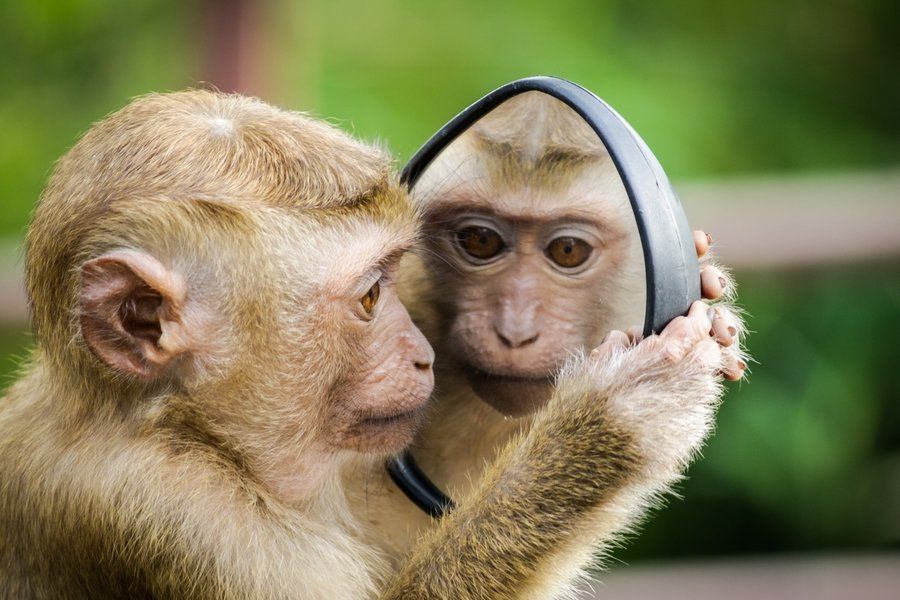How Coaches Help People Break Free From Self-Limiting Beliefs

Let’s go deep into coaching to understand its dynamics so that you will know the ‘inside job’ of what a coach does. In doing so, we shall first define what coaching is. We can then go further to explain what and how it works to propel people to break out from their fears and comfort zone to achieve their desired goals.
How is coaching defined?
Many coaching schools take different perspectives in their coaching. Some regard it as a conversation, an enabler, a catalyst, a relationship and a communication tool. We regard coaching as a larger-than-life matter, therefore it has a more encompassing definition that is able to bring out the full essence of coaching.
In this regard, coaching is defined as a deep learning partnership with systematic steps to empower a person to attain courage, capabilities and commitment to achieve fulfilling goals.
What does this mean?
To understand it well, let us explore the meaning of the three highlighted keywords in the definition:
- Deep learning partnership
- It is about a very strong and meaningful relationship that engages the ‘heart’ of the person where the his or her emotions reside. For transformation to take place, getting to where the person’s ‘internal engine’ is, will be the most effective place for the coach to work on.
- Courage, capabilities and commitment (in this order)
- The person needs to pick up the courage to act, followed by efforts in trying out, which help them to acquire the capabilities before they fully commit to doing more after they see the results from their actions.
- Fulfilling goals
- It is helping a person find the compelling purpose of achieving the goal that they truly want rather than doing it for others.
What is the outcome of coaching?
The key outcome of coaching is their ability to accelerate to achieve their goals. This can be done because it works on both the inner self (intrinsic) and outer self (extrinsic) of the person.
Working on the intrinsic is perhaps the greatest feat that a coach can do. Going into the intrinsic entails exploring their inner world where their deep emotions, feelings, underlying issues and roadblocks reside. When they can be rectified or corrected, it frees the person from their self-imposed prison walls to do what they always want to do.
This can be expressed in a formula:
POTENTIAL minus Self-limiting beliefs = HIGH PERFORMANCE
Taking this approach, the coach supports the person to ‘win their inner game’ where they find the mental strength of courage, self-esteem and determination to fight off their self-limiting beliefs (SLBs) of fear, anxiety and doubt.
How does a coach do it?
The key focus of every coach is to help their coachee win their ‘inner game’. The inner game is about the battle between the positive and negative self-talks that are taking place inside them. Literally, the work of a coach is to help the coachee to raise the volume of their positive self-talks to suppress the negative ones. It can be as simple as changing the tone from ‘I can’t’ to ‘I can’!
Winning the inner game or the removal of negative self-talks is about the successful removal of the coachee’s SLBs. In doing this, the coach listens curiously and attentively to their words and outlook, which give clues to the nature and type of their SLBs, which could range from fear, self-doubt, guilt, anger to helplessness.
Related: How to Coach a CEO
Once identified, the coach challenges the coachee to rationalise and evaluate the benefits they are gaining (or losing) in holding on to such beliefs. At the same time, they are challenged to see how much more they can gain from adopting an alternative (or a more empowering) belief.
When a coach succeeds in getting the coachee to remove their SLBs, it also means that the critical perquisites of high performance relating to self-esteem, courage and self-confidence are being strengthened. Thus they are now on their way to experience the freedom of a better world.
To engage Heah for your organisational coaching support needs, email us at training@leaderonomics.com.
Personal





